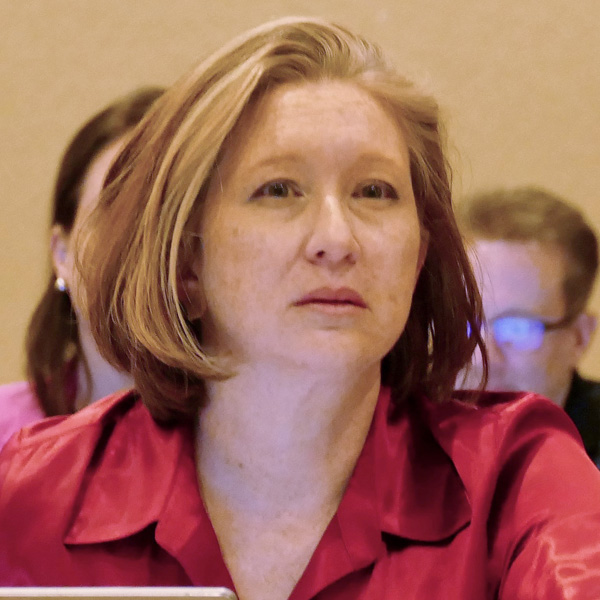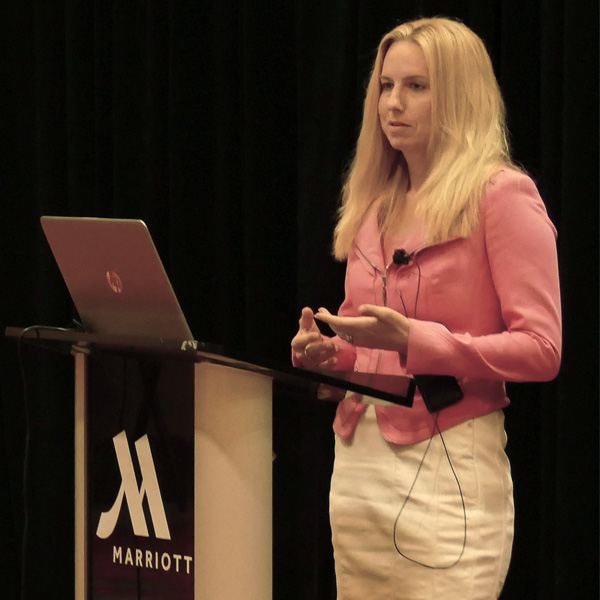
WESTMINSTER, Colo. — SPP and its members have agreed to boost the RTO’s planning reserve margin to 15% from 12% but remain at odds over the timing of the increase following Markets and Operations Policy Committee discussions that Chair Denise Buffington described as “contentious.”
SPP’s Regional State Committee and Board of Directors will each consider the issue during their virtual quarterly meetings, Monday and Tuesday, respectively.
SPP’s reserve margin requirement, currently 12%, is based on a probabilistic loss-of-load expectation (LOLE) study performed every two years to determine the capacity needed to meet the reliability target of a one-day outage every 10 years (0.1 days/year). LREs unable to meet their obligation can incur financial penalties from the RTO.
“There was concern that moving too quickly will put members in non-compliance from the start,” Buffington told the Strategic Planning Committee the day after MOPC’s July 10-11 meeting. “There were also concerns the [generator interconnection] queue isn’t sufficiently caught up to actually get steel in the ground to meet those obligations.”
The grid operator’s staff wants to raise the planning reserve margin (PRM) to 15%, saying the 2021 study shows the current 12% requirement won’t satisfy the 1-in-10 metric for the 2023 summer season. They also said an increased margin of safety is necessary, as the 31 GW of nameplate wind capacity already present on the system has increased the risk of wind volatility, with more wind projects yet to come. A 15% PRM would incent new generation and reduce the risks and costs associated with extreme weather events, they said.
COO Lanny Nickell told MOPC that SPP doesn’t take lightly its responsibility to manage reliability across its footprint.
“We understand that some LREs expect to struggle to comply with the increased PRM requirement … We understand that taking actions to increase capacity necessary to comply will be costly, likely upwards of a billion dollars in capital investment,” he said.
“However, we also know that experiencing an unwanted interruption of power, especially during extreme heat or extreme cold conditions, is not only extremely frustrating to customers but also very costly, especially when loss of life is involved. A decision to increase the PRM requirement to 15% as soon as possible significantly reduces our risk that we experience another event where load is not able to be served,” Nickell said.
Stair-Step Approach
The Supply Adequacy Working Group (SAWG) is recommending a stair-step approach, with the PRM raised one percentage point over each of the next three years. It said that would give the GI queue time to reduce its backlog, adding certainty to generation forecasts, and allow LREs short of their capacity requirements to close their gaps.
SPP resisted. “As a reliability coordinator, we cannot endorse a 13% planning reserve margin next year when we think the right number is 15%,” Casey Cathey, director of system planning, said. “It’s just too much of a risk to endorse a stair-step approach, given the nature of our generation mix and the uncertainties around us.”
Staff updated MOPC on its efforts to clear the queue’s backlog, sticking to the 2024 completion target they set during April’s meeting. They said they’ve reduced the current queue’s number of active interconnection requests from 481, totaling 90.3 GW, to 466, totaling 87.27 GW as of June, thanks to the new three-phase interconnection study process. (See FERC OKs New SPP Interconnection Process.)
SPP has added more than 25 GW of generation the last five years, most of it from renewable resources.
 Usha Turner, OG&E | © RTO Insider LLC
Usha Turner, OG&E | © RTO Insider LLC“We should make certain [our current processes] are reflective of the current changes in our industry,” Oklahoma Gas & Electric’s Usha Turner said. “As we’re looking at 15%, given what we are seeing in the queue and the nature of what’s in the queue, is that enough?
“We’re evolving as we’re seeing things happening,” she said. “We need to better reflect the nature of our generation.”
Stakeholders in various working groups have pointed out the LOLE study does not include 2011 and 2021 weather-related impacts, future forced outage rates, the limited availability of demand response or any safety margin beyond the 1-in-10 reliability metric.
They said a larger, immediate increase in the PRM adds to market uncertainty and could leave LREs unable to cure capacity shortfalls. They also said they are concerned that even if excess capacity exists, it might not be available for purchase.
Nickell said that were the 15% PRM required by 2023, up to a dozen LREs would not be able to meet their obligations. Cathey noted SPP has about 3.6 GW of capacity available for purchase, but Turner responded that in her experience, that capacity is not available.
Midwest Energy’s Bill Dowling, among those favoring the SAWG approach, said instituting the 15% PRM immediately would prevent generators from rethinking retirement plans “that were devised with at least an assumption that the planning reserve margin wasn’t going to make a big jump.
“I don’t think we can expect to get out of this by saying we need 15%,” Dowling said. “We need time.”
 SAWG chair Natasha Henderson explains stakeholders’ position during PRM discussion. | © RTO Insider LLC
SAWG chair Natasha Henderson explains stakeholders’ position during PRM discussion. | © RTO Insider LLCSAWG chair Natasha Henderson of Golden Spread Electric Cooperative, suggested it would be helpful to gather additional metrics around energy uncertainty. “What do we have now? What did we have a few years ago? What will we have going forward?”
Her recommendation gained support from Nickell.
After rejecting a suggestion to delay the PRM’s consideration until the October MOPC meeting, members voted on several motions before arriving at a consensus. A suggestion to increase the PRM to 13% in 2023 and 15% in 2025 fell short of two-thirds approval at 60%. Endorsing the SAWG’s stair-step increase but incorporating a waiver process should the RSC reject the working group’s recommendation won only 48% approval.
However, a straight motion on the stair-step method passed with 95% approval. Members followed that by endorsing the SAWG’s recommendation for a performance-based accreditation for conventional resources (thermal and hydro), with a one-year delay in the implementation date.
The performance-based accreditation differentiates resources according to their historical reliability but does not change the total capacity required to meet system reliability. It would be the first time SPP has applied this methodology.
MOPC then approved a motion directing staff to create a process for approving waivers from the resource adequacy requirement should LREs not have sufficient time to resolve their deficiency.
As the dust settled, Buffington quipped that MOPC could soon expect a quiz on Robert’s Rules of Order. She was greeted with laughter.


